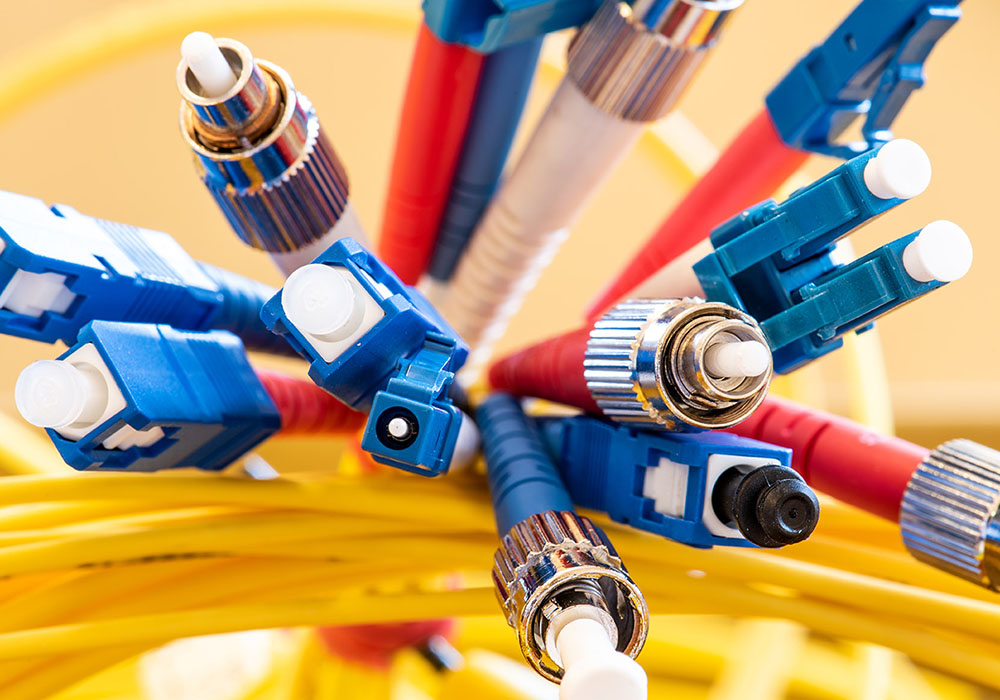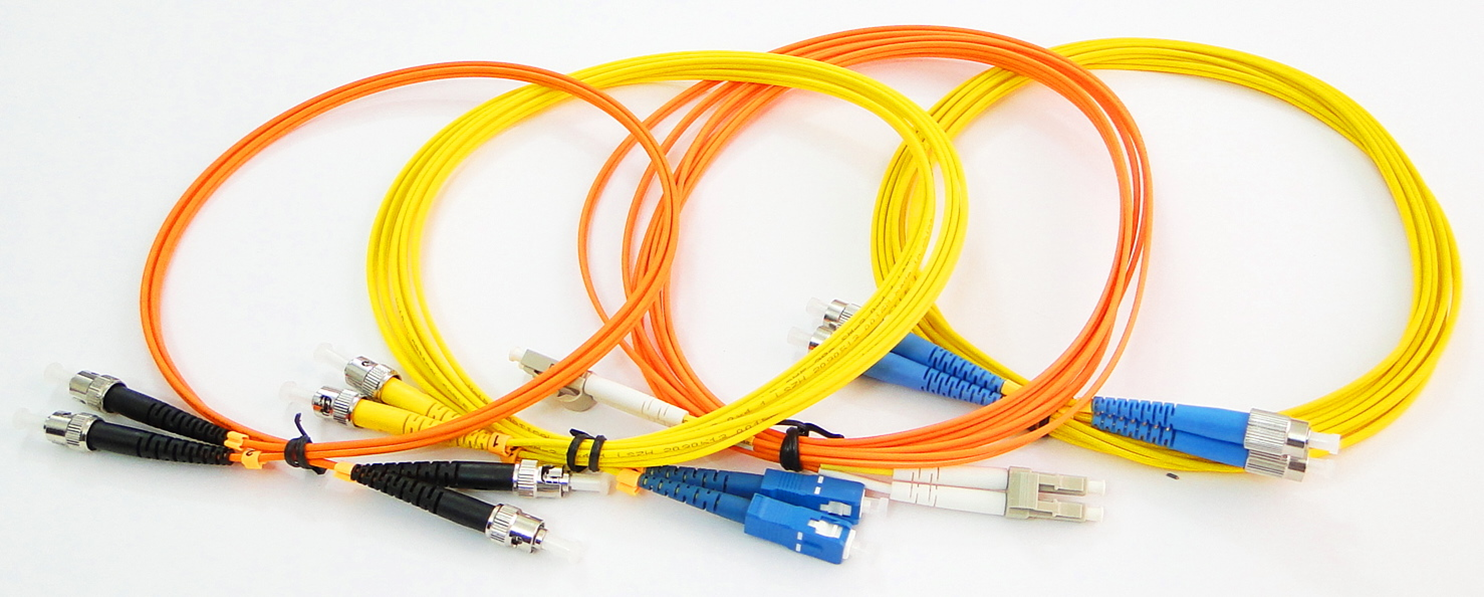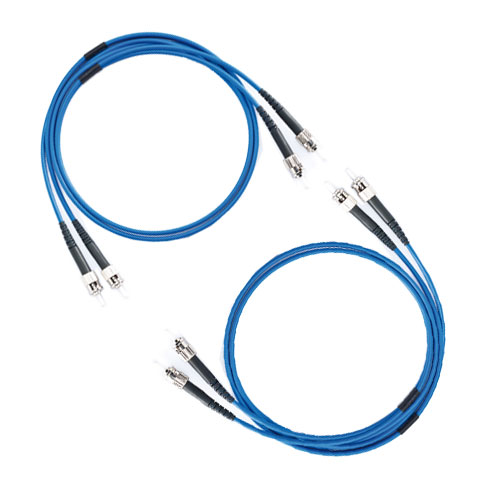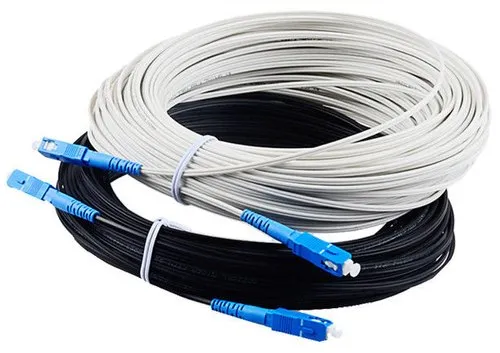The Importance of Choosing the Correct Fiber Optic Patch Cord Type

The Significance of Fiber Optic Patch Cord Selection
Choosing the correct fiber optic patch cord is crucial for ensuring reliable network connectivity and seamless data transmission. With the increasing reliance on high-speed internet and advanced communication systems, the importance of selecting the right patch cord cannot be overstated. Fiber optic patch cords serve as the vital link between optical fibers, allowing for efficient signal transfer. These cords come in different types, including single-mode and multimode options, each designed to meet specific network requirements. When selecting a patch cord, factors such as connector types and their compatibility with existing network equipment should be considered to ensure optimal performance. By making informed decisions about fiber optic patch cord selection, network administrators can enhance network efficiency and minimize potential disruptions.
Exploring Different Fiber Optic Patch Cord Types
Fiber optic patch cords come in different types to accommodate various network requirements. Two commonly used types are single-mode and multimode patch cords.
Single-mode Patch Cords
Single-mode patch cords are designed for long-distance transmission, making them ideal for applications that require high bandwidth and low signal loss. These patch cords have a narrow core that allows for the transmission of a single mode of light, resulting in reduced dispersion and higher data rates. Single-mode patch cords are commonly used in telecommunications, long-haul networks, and high-speed data transfer applications.
Multimode Patch Cords
Multimode patch cords, on the other hand, are suitable for short-distance transmission. They have a wider core that allows multiple modes of light to propagate simultaneously. While they may not support the same distance as single-mode patch cords, they offer cost-effective solutions for applications with lower bandwidth requirements. Multimode patch cords are commonly used in local area networks (LANs), data centers, and shorter reach communication systems.
When choosing between single-mode and multimode patch cords, it is essential to consider factors such as the required transmission distance, bandwidth needs, and budget constraints. By understanding the differences between these two types of fiber optic patch cords, network administrators can make informed decisions based on their specific application requirements.

Key Considerations for Choosing the Right Patch Cord
When selecting a patch cord, there are two key considerations to keep in mind: connector types and network performance impact.
Connector Types
Patch cords come with various connector types, including SC, LC, and ST. These connectors serve as the interface between the patch cord and the network equipment. It is crucial to consider compatibility with existing network equipment when choosing a patch cord. For example, if your network devices have LC ports, it is advisable to select a patch cord with LC connectors for seamless connectivity. Understanding the different connector types and their corresponding applications will help ensure a proper fit between the patch cord and the equipment.
Network Performance Impact
The quality of a patch cord can significantly impact network performance. Factors such as signal strength and data transmission can be affected by the quality of the patch cord used. It is recommended to choose patch cords with low insertion loss and return loss. Insertion loss refers to the amount of light lost during signal transmission through the connector interface, while return loss measures how much light is reflected back towards its source. Opting for high-quality patch cords helps minimize signal degradation and ensures efficient data transmission across your network.
Considering both connector types and network performance impact when selecting a patch cord will help you make an informed decision that aligns with your network requirements.
Addressing Common Challenges with Fiber Optic Patch Cords
Fiber optic patch cords are prone to certain challenges that can affect their performance. By addressing these common issues, you can ensure optimal functionality and longevity of your patch cords.
Bending and Stress
Excessive bending of fiber optic patch cords can lead to signal loss and degradation. It is essential to avoid sharp bends or kinks in the cable, as they can cause microcracks or breaks in the optical fibers. Proper strain relief techniques, such as using cable management tools or loops, can help minimize stress on the patch cord. By ensuring gentle handling and avoiding excessive tension, you can prevent damage and maintain the integrity of your fiber optic connections.
Dirt and Contamination
Dirt, dust, and other contaminants can accumulate on the connectors and end faces of fiber optic patch cords over time. This buildup can result in signal degradation and reduced performance. Regular cleaning and inspection of your patch cords are crucial for maintaining optimal performance. Use lint-free wipes or specialized cleaning tools to remove any dirt or debris from the connectors. Additionally, it is important to protect your patch cords from dust and debris by covering them when not in use or storing them properly.
By addressing challenges related to bending, stress, dirt, and contamination, you can ensure that your fiber optic patch cords continue to deliver reliable performance throughout their lifespan.

Importance of Quality and Durability in Patch Cord Selection
When it comes to selecting fiber optic patch cords, quality and durability are of utmost importance. Investing in high-quality patch cords ensures reliable signal transmission and optimal network performance.
Signal Integrity
High-quality patch cords play a critical role in maintaining signal integrity. They have low attenuation, meaning they minimize the loss of light as it travels through the cable. This results in better signal strength and reduced data loss. Additionally, quality patch cords have a higher bandwidth capacity, allowing for faster and more efficient data transmission. By choosing patch cords with excellent signal integrity, you can ensure that your network operates at its best.
Longevity and Cost-effectiveness
Durability is another crucial aspect to consider when selecting patch cords. High-quality cords are designed to withstand the rigors of daily use and offer superior longevity. They are less prone to damage from bending or stress, reducing the need for frequent replacements. By investing in durable patch cords, you can save on maintenance costs and minimize network downtime.
Furthermore, while high-quality patch cords may have a higher upfront cost, they prove to be cost-effective in the long run. Their reliability reduces the risk of network failures and associated expenses. Choosing quality over cheaper alternatives leads to long-term cost savings.
By prioritizing quality and durability in your patch cord selection process, you can ensure optimal performance, reliability, and cost-effectiveness for your network infrastructure.
Ensuring Longevity: Best Practices for Patch Cord Handling
Proper handling and maintenance of patch cords are essential to ensure their longevity and optimal performance. By following these best practices, you can minimize the risk of damage and prolong the lifespan of your patch cords.
Proper Cable Management
Organizing and labeling patch cords is crucial for easy identification and maintenance. Implementing a structured cable management system helps prevent tangling, which can lead to stress on the cables and potential damage. Using cable management tools such as racks, trays, or ties keeps the patch cords neatly organized and protected from accidental pulls or twists. By maintaining a well-organized cable infrastructure, you can easily trace connections, troubleshoot issues efficiently, and reduce the risk of unintentional damage.
Gentle Handling and Storage
When handling patch cords, it is important to avoid excessive pulling, twisting, or bending. Excessive force can strain the fibers inside the cables and compromise signal integrity. Instead, handle them with care by gently inserting or removing connectors from devices or panels. Additionally, proper storage is essential to protect patch cords from dust, moisture, or physical damage. Store them in a clean and protected environment away from direct sunlight or extreme temperatures.
By implementing these best practices for patch cord handling, you can extend their lifespan and maintain optimal performance throughout your network infrastructure.

Optimizing Network Performance with the Right Patch Cord
Choosing the correct fiber optic patch cord type is crucial for ensuring seamless network connectivity and efficient data transmission. Considerations such as connector types, network performance impact, and patch cord quality play a significant role in optimizing network performance. By selecting patch cords that align with your specific requirements, you can enhance signal integrity, minimize data loss, and maximize network efficiency. Additionally, following best practices for patch cord handling and maintenance helps maximize their longevity and ensures consistent performance over time. By making informed decisions and implementing proper care, network administrators can optimize their network's performance and ensure reliable data transmission.
See Also
Choosing the Right Optical Fiber Patch Cord
The Future of Fiber Optic: Exploring the Benefits of 24 Fiber MPO Cables
The Future of SC APC Fiber Optic Cables: Advantages, Applications, and Installation
Demystifying LC-E2000 Fiber Optic Cables: Everything You Need to Know
Boost Network Performance with Multimode OM4 MPO to MPO Fiber Trunk Cable
About US
Follow Us
AnetFiber company's main products are indoor and outdoor optical fiber cables, outdoor waterproof pre-connected fiber-to-the-home products, PLC optical fiber splitters, optical fiber jumpers and pigtails, MTP®/MPO high-density big data product solutions, optical fiber field quick connectors and research and development molding, injection molding and production of optical fiber distribution boxes, optical fiber chassis cabinets, the market has expanded to the world, Europe, America, Asia, the Middle East and Latin America.
Address
Shenzhen City, Baoan District, Yanluo Street, Tangxiayong Community, Yangyong Industrial Road, Tonggangda New Energy Vehicle Park 406
Contacts
+86 199 2655 3586

